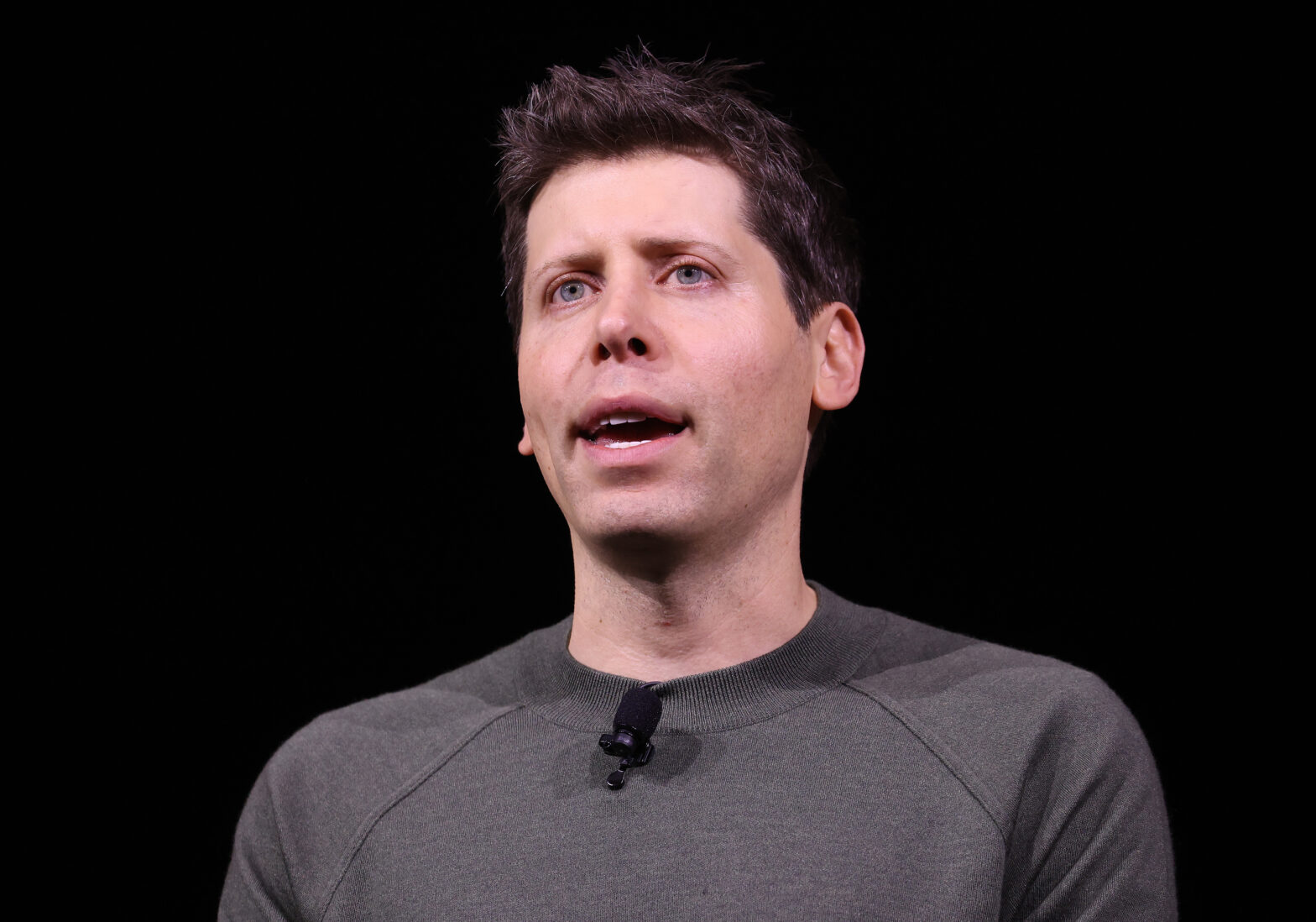The IMDA — Singapore’s Infocomm Media Development Authority — has been driving it’s digital agenda for the last two and a half years. It’s aim; to create a smart nation that fosters innovation, digital equality and growth within the country’s tech businesses and traditional industries.
The smart nation: Singapore’s masterplan
What is the IMDA?
The IMDA, formed two and a half years ago when two government department merged, is part of the Ministry for Communication and Information in Singapore — a government agency that also includes; the Personal Data Protection Corporation (pdpc), the Cyber Security Agency (CSA) Corporation (cyber security) and the National Library Board (learning).
What does the IMDA do?
• The digital champion for Singapore — the department drives digital across industries (traditional and emerging). It identifies how digital can help transform these industries, while enabling the digital workforce.
• Industry developer — it develops the digital tech and media industries as engines for growth. And, fosters a data ecosystem for the digital economy.
• Enabler — the IMDA calls itself the master-planner for connectivity, digital infrastructure and standards — preparing everyone to be digital-ready.
• Regulator and protector — it ensures reliant telecom and broadcast networks. And, helps govern market conduct and protect consumer interests through regulation.
Why is it’s function important?
Data is driving digital economy and global boundaries are non-existent. In fact, in 2014 alone, data flows accounted for an increase in US$2.8 trillion to global GDP, according to a McKinsey Global Institute report.
This breakdown in geographical boundaries and the advent of certain technologies has meant that sector boundaries are now also diminishing — we’re talking about ecosystems. Again, according to McKinsey analysis, US$60 trillion of revenues could be redistributed across traditional sectoral boundaries in 2025.
These global trends mean that business models have to think about crossing-sectors and transforming through technology innovation and digitalisation — artificial intelligence, data science, Internet of Things, immersive media, advanced interfaces, cyber security etcetera.
Two (and a half) years on
Over the last two and a half years, “we have been focused on developing our foundation,” said Tan Kiat How, chief executive at the IMDA. “We’ve been reinforcing the importance of digital trust in Singapore’s ecosystem that supports innovation, while updating digital transaction legislation, data sharing and data innovation,” he said.
“Innovation and trust our two sides of the same coin”
Now that the foundation and numerous initiatives are in place, the IMDA is driving what it calls the digital economy framework — how to transform Singapore into a living digital economy; helping industries and workers to use technology to harness opportunities.
“We, like the rest of the world, need to do things differently: new tech, new processes and new skills,” continued How. “This is a challenge across the world, especially for SMEs in traditional industries.”
SME’s in traditional industries understand that they need to adapt. In general, they understand the importance of technology in this necessary evolution. However, many don’t have the capabilities — they either can’t afford a CIO, don’t have an in-house IT team or don’t know where to even begin.
Total connection: Singapore’s public Wi-Fi
No well-trodden paths
In this new, digital economy, it’s a challenge to pick up new trends at an accelerated pace. There are no well-trodden paths when dealing with 5G, AI, blockchain, cloud and data protection in a very traditional industries.
“We’re on a treadmill and the treadmill is getting faster,” explained How.
To help maintain this necessary speed, the IMDA launched its TechSkills Accelerator (TESA) to build new skills in these digital environments and retrain the existing workforce as a priority — “we’re uplifting the ICT workforce,” said How.
Updating regulations and creating digital infrastructure to support innovation is also critical. And, thanks to Singapore’s unique situation, geographically and as a nation state, digital infrastructure levels are strong. A strong ecosystem, competitive prices and a ten year plan initialised in 2006 — to boost the nation’s information and communication infrastructure — has meant the digital infrastructure is in place. Regulations, however, need to tried and tested.
According to the Speedtest Market Report: Singapore has some of the fastest internet speeds on the planet. With an average fixed broadband download speed of 180.61 Mbps and an average mobile download speed of 44.37 Mbps, the country ranks second in the world for both.
“Making our own path”
“We have to share knowledge and experiences. But, we also, have to make our own path,” rounded up How.
“Moving forward, digital trust and innovation must be viewed as two sides of the same coin that are built into the foundation of our digital economy.
“Not one has all the answers, but we have to find a way of being collaborative — coming together to share solutions and solve problems.”









